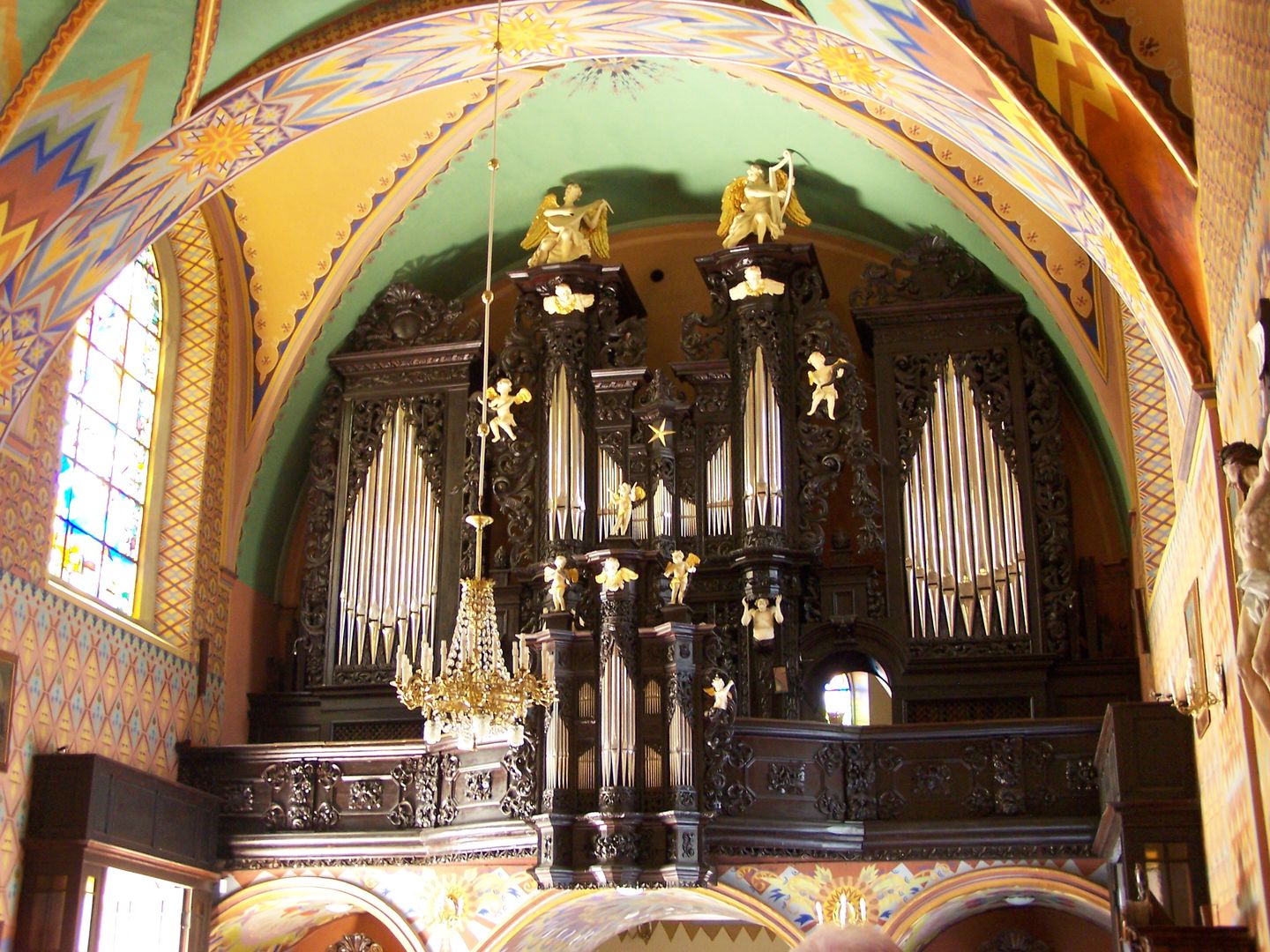Co-Cathedral of the Nativity of the Blessed Virgin Mary in Żywiec
7.86

Overview
The Co-Cathedral of the Nativity of the Blessed Virgin Mary in Żywiec, built in the 15th century, is an outstanding example of Gothic architecture, enriched with Baroque elements. Its history dates back to 1428, when the Church of the Holy Cross was built in the nearby village of Ruda. Soon after, the residents of Żywiec decided to erect their own temple, which resulted in the construction of a Gothic parish church, mentioned by the chronicler Jan Długosz. In the 16th century, thanks to the Komorowski family, the church underwent significant expansion; between 1515 and 1542, the extended chancel and nave were built, and in 1582–1583, a tall square tower was constructed under the direction of the Italian architect Jan Ricci. Additional chapels, including the Komorowski Chapel and the Gethsemane Chapel, as well as the bell tower, were also the result of efforts by the local aristocracy. In 1711–1712, the church was thoroughly rebuilt after a fire, giving it a Baroque character, and the 19th century brought further renovations due to damages. The interior of the co-cathedral is richly decorated, featuring a late-Gothic triptych of the Dormition of the Blessed Virgin Mary, a Baroque altar, and magnificent organs. Interestingly, in 1929, a burial chapel for the Habsburg family was erected, and in 1992, the church was elevated to the rank of co-cathedral of the Bielsko-Żywiec Diocese by Pope John Paul II. The co-cathedral not only serves religious functions but also represents an important landmark in the local culture and history of Żywiec, having witnessed many transformations over the centuries.
Location
Tickets
Powered by GetYourGuide
2025 Wizytor | All Rights Reserved